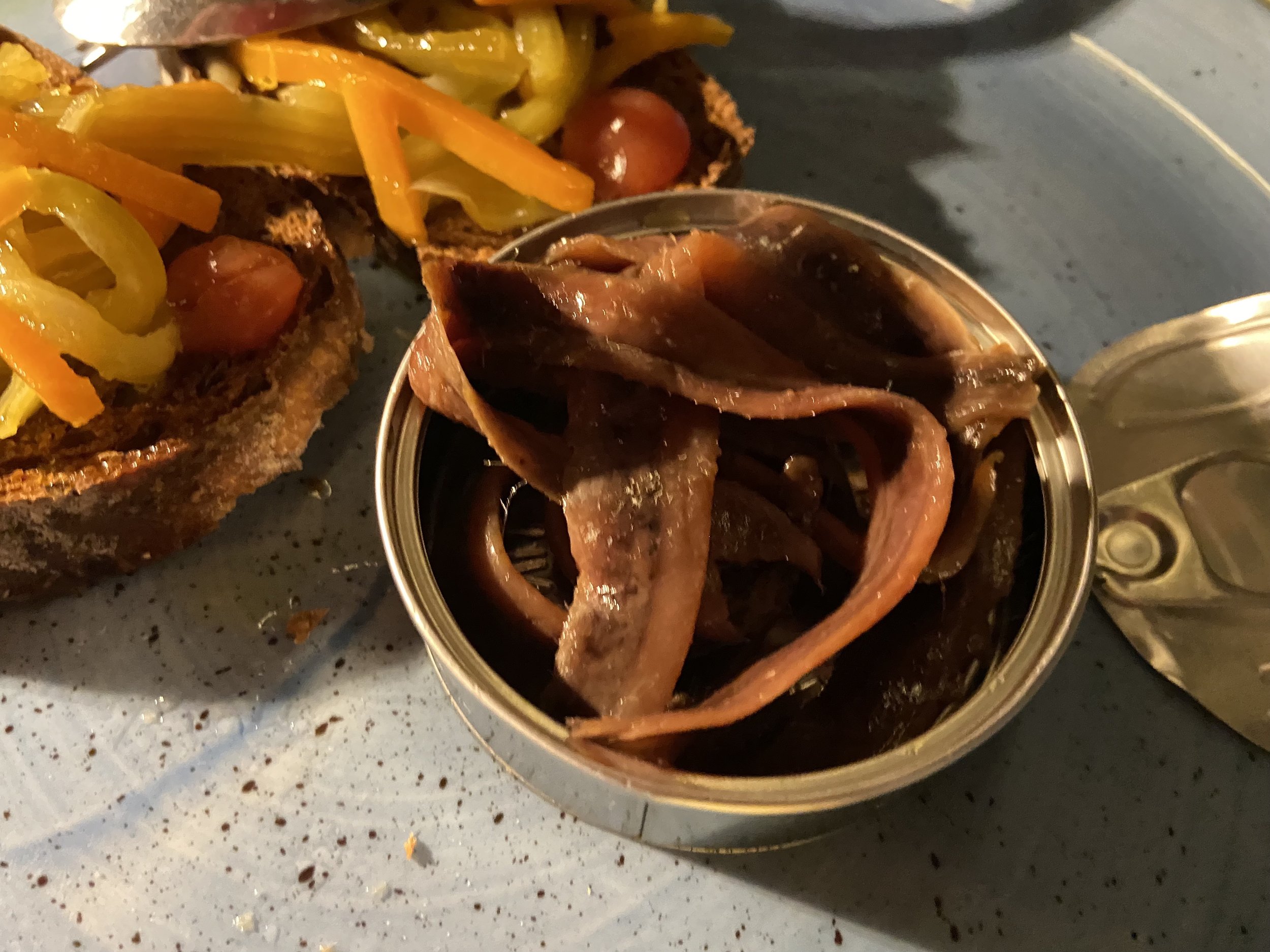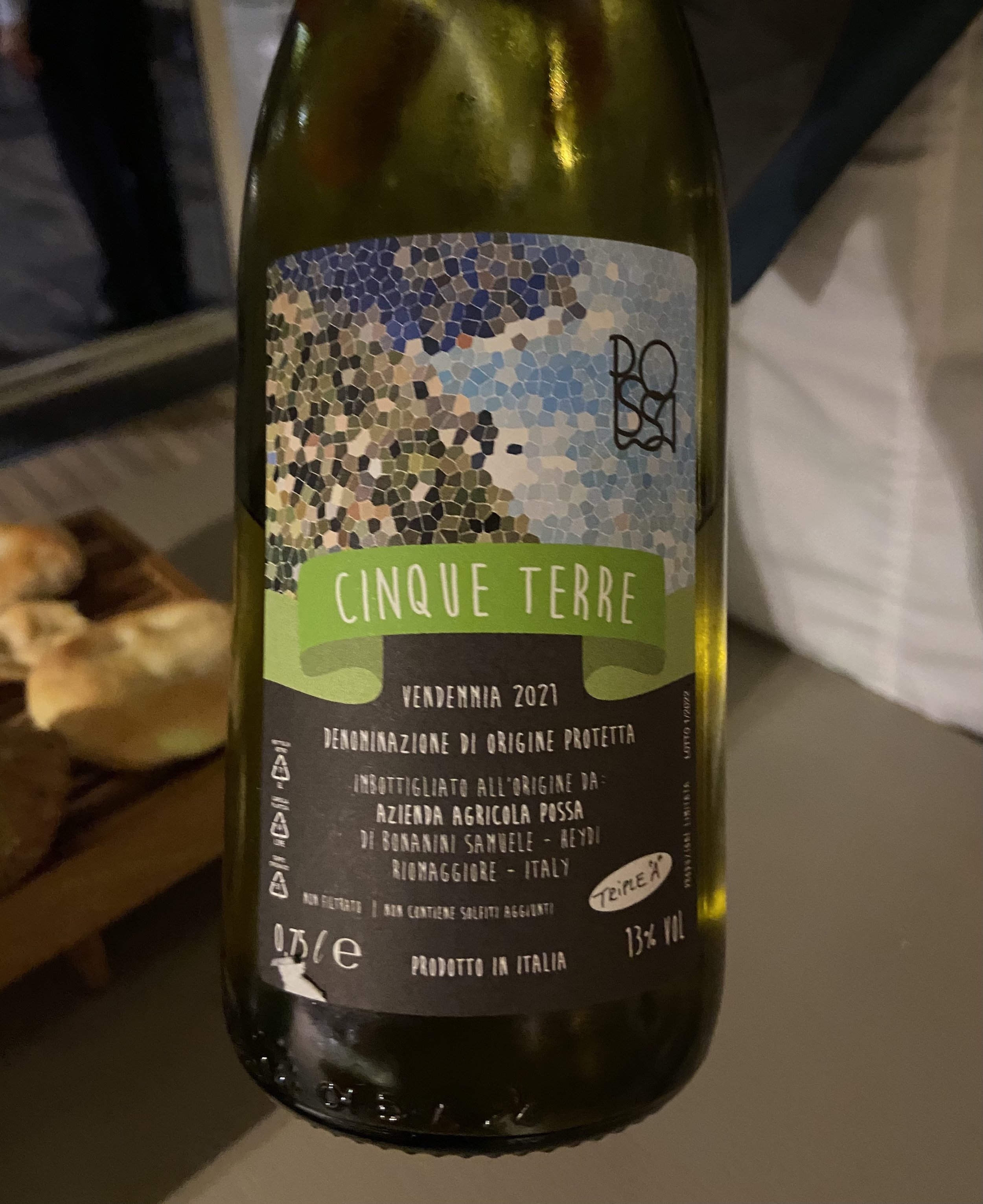Food and Wine
Check out a video from the Genoa Pesto World Championship 2016!
I imagine that you are familiar with pesto. One of the difficult things about writing content for this website is deciding exactly what type of audience to target. I assume most readers will be familiar with pesto, and if when you read the word, the color green comes to mind, you are thinking of the pesto alla Genovese (pesto from the city of Genova). If you buy a green colored pesto and check out the label, this is what it should read. Genova is the capital city in the Liguria region, and the most popular type of pesto originated here. The ingredients for this pesto are usually pine nuts, oil, garlic, salt, a hard cheese such as Parmigiano-Reggiano, and basil leaves from the region, which provides the green color. In fact, these must be the ingredients for the pesto to be truly authentic and achieve the DOP classification. DOP is for food as DOC is for wine. The acronym Denominazione di Origine Protetta (Protected Designation of Origin) means that the products are grown and packaged in the specific region of origin, in this case pesto from Genova, Liguria (alla Genovese).
If you have more prior knowledge on pesto, you might have heard that the word comes from the verb ‘pestare’ in Italian or ‘pestâ’ in the Genovese dialect, which means to crush. Think mortar and pestle for an etymological connection to the English language. Some people are surprised to see a red colored pesto when they visit the region of Sicilia, but by the principle of the word ‘pesto’ implying that it is a sauce or paste made by crushing all of the ingredients together, there would understandably be many types. The pesto alla Siciliana or pesto alla Trapanese is red in color from the use of, you guessed it, tomatoes. I have mentioned that tomatoes are more prevalent in the cuisine from southern Italian regions, as more tomatoes are grown in these regions. If you look at the recommended foods for each region this will become clear. Still, as I mentioned, the green pesto from Genova is the original, so how did the idea get to Sicilia?
According to legend, the dish came to be during ancient times when ships sailed from Genova (still the busiest port in Italy today) to the port of Trapani (an important port city in Sicilia) and brought the concept of pesto which the southern sailors adapted using local ingredients such as tomatoes and almonds. I spent quite a bit of time on the origin of pesto because it is one of those Italian foods that has sailed even further overseas and truly become globalized. Almost every Italian American restaurant features a chicken pesto pasta or ‘panini’ [sic]. In the Italian language ‘panini’ is the plural form and ‘panino’ is the singular; hence, one would request ‘two panini’ and ‘one panino’ while in Italy.
I want to focus on the original Genovese recipe because I was very surprised to learn about it when I visited the region. The authentic pesto pasta is paired with trofie. I would describe it as a short, thick corkscrew; almost like a towel that has been wrung out.
Then, as you might know, you will not find any chicken in your Italian pesto pasta, as chicken is considered a secondo (second dish) and eaten after the pasta (which is considered a primo, or first course). You will find potatoes and green beans, however. Thus, trofie al pesto con patate e fagiolini is one of the classic Ligurian dishes and you should definitely order it while in this region. Another sauce to try is salsa di noci, made with walnuts, and perhaps not as well known, but certainly delicious, especially for nut lovers.
Seafood, as you might imagine, is also prominent in the Ligurian cuisine. I have mentioned that the Cinque Terre are five ‘fishing’ villages, and one type of fish they are famous for is acciughe (anchovies). Often referred to as acciughe di Monterosso after the largest of the villages, they are caught at nighttime and prepared with great care and pride. You will find them across menus as a starter, marinated and fried. If you are a fan of the American Italian seafood soup called ‘cioppino’ you should try the regional ‘Ciuppin’ upon which it was based. This fisherman’s soup uses the local ‘catches’ but there is less tomato than in the American version.
During a recent trip to Liguria, I discovered Mesciua a zuppa tipica spezzina (or tradition soup from La Spezia). I chose it because I was dining in La Spezia (at an excellent restaurant I absolutely recommend!) and also because it is healthy, made with grains and chickpeas. I followed this with stocafisso in umido con la polenta, another local dish, pictured in the cover photo of this post. It is tender cod fish with polenta; it usually has some salty black olives, pine nuts or capers to add a delicious saltiness.
Finally, bread holds a special place in the cuisine of this region. Probably the most familiar type of focaccia is said to hail from this region, and the Ligurian people are very proud of it. Even the name ‘Focaccia’ is northern. If you want to order this type of bread in Rome, it will be more commonly referred to as ‘pizza bianca’ (white pizza); here you can see a bit of a regional rivalry. Another regional bread is farinata which is made from a chickpea flour. It is a simple recipe but produces a delicious crispy and thin pancake. Farinata is popular throughout Italy, though it has not yet gained the international fame that focaccia has. It is viewed as a Ligurian specialty, although it is also popular in neighboring regions of Toscana and Piemonte.
Wine
Although on the trails of the Sentiero Azzurro you will hike through vineyards, the region is, ironically, not greatly renowned for its wines. That said, there are refreshing white blends that I recommend you try from the select DOC areas in the region. The Cinque Terre DOC is produced from the Bosco, Albarola and Vermentino grapes. As this dry yet aromatic costal wine contains the vermentino grape, which is known for its mineral content. In fact, you will find similarities to the vermentino recommended on the island region of Sardegna as the rocky coastal terrain shares similarities. Interestingly, the vermentino grape is also known as pigato in this region. There is a debate within the wine community about how similar these grapes truly are; fully synonymous or a distinct variety. Read this blog post for a more thorough investigation.




